In the digital age, where love and algorithms increasingly intersect, India's unique social fabric continues to shape how people find life partners. The country's centuries-old caste system has found new expression on matrimonial websites, where dropdown menus and checkboxes now facilitate what was traditionally handled by family priests and matchmakers.
The prevalence of caste filters on major Indian dating platforms presents a complex paradox. While these websites ostensibly promote modern matchmaking, they simultaneously reinforce one of India's most controversial traditional hierarchies. Shaadi.com, BharatMatrimony, and Jeevansathi - three of the country's largest platforms - all prominently feature caste as a primary search parameter, often placed alongside education and profession in their matching algorithms.
What begins as a simple dropdown menu reveals deeper societal patterns. Upper castes like Brahmins and Kshatriyas tend to be overrepresented among premium subscribers, while Dalits (formerly "untouchables") often create profiles without disclosing their caste or use the platforms differently. Anthropologists note that the digital medium hasn't erased caste consciousness but has, in some cases, made it more transactional and less flexible than traditional matchmaking.
The business logic behind caste filters is undeniable. Matrimonial sites operate in an extremely competitive market where user experience metrics dictate design choices. When focus groups and A/B testing consistently show that caste filters increase engagement and subscription rates, product managers have little incentive to remove them. This creates a self-perpetuating cycle where the convenience of digital search tools amplifies caste consciousness among younger generations who might otherwise be moving beyond such distinctions.
Legal scholars point to the ambiguous position of these platforms. While India's Constitution prohibits caste discrimination and the Scheduled Castes and Scheduled Tribes (Prevention of Atrocities) Act prescribes punishments for caste-based offenses, matrimonial sites occupy a gray area. Their defense - that they merely facilitate personal preferences rather than enforce discrimination - has so far held up in court, though activists continue to challenge this interpretation.
The caste filter phenomenon isn't monolithic across India's diverse regions. In South India, where anti-caste movements have deeper roots, some platforms report lower utilization of caste filters compared to Northern states. Meanwhile, in cosmopolitan centers like Mumbai and Bangalore, an emerging class of urban professionals often list their caste but describe themselves as "caste no bar" - a small but growing trend that suggests generational shifts in attitudes.
Silicon Valley's role in this ecosystem raises uncomfortable questions. Several major Indian matrimonial platforms have received funding from American venture capital firms that would never tolerate similar race-based filters on Western dating apps. This double standard highlights how global tech investors often apply different ethical frameworks when operating in foreign cultural contexts, prioritizing local market penetration over consistent principles.
The psychological impact of caste-based matching tools may be their most insidious effect. Social psychologists observe that the very presence of these filters - regardless of whether users actively employ them - reinforces caste as a legitimate category for evaluating potential partners. This normalization effect persists even on platforms that allow users to hide their caste information, as the option to filter by caste implicitly validates its continued relevance.
Some startups are attempting to create caste-free alternatives, with mixed success. These platforms often struggle with the "network effect" - their value diminishes when critical mass eludes them. Even when individuals personally reject caste considerations, they frequently yield to family pressures when actual marriage negotiations begin. This explains why niche "caste-no-bar" platforms haven't significantly disrupted the established players.
Technological solutions have been proposed but face implementation challenges. One suggestion involves replacing explicit caste filters with more subtle compatibility algorithms that consider education, interests and values - factors that might correlate with caste without explicitly invoking it. However, such approaches risk being seen as deceptive if users suspect the algorithms are merely proxies for caste matching.
The diaspora experience adds another layer of complexity. Second-generation Indian-Americans using these platforms often report culture shock when encountering caste filters, having grown up assuming such distinctions were fading relics. Their discomfort highlights how the same technology can serve as either a cultural bridge or barrier, depending on one's background and expectations.
Economic theorists analyze this phenomenon through the lens of "revealed preference" - the idea that people's true priorities become visible through their actions rather than their stated beliefs. The persistent use of caste filters suggests that for many Indians, caste remains a non-negotiable factor in marriage decisions, despite public rhetoric about progress and equality. This gap between aspiration and practice reveals the limitations of social change driven by technology alone.
Historians note the irony that caste, having survived colonialism, industrialization and constitutional democracy, now finds renewed vitality in digital spaces. The platforms didn't create caste consciousness but have arguably made its operation more efficient and scalable. Where traditional matchmakers might have subtly discouraged certain unions based on local norms, algorithmic systems apply these preferences systematically and without contextual nuance.
The future trajectory remains uncertain. Some activists pin hopes on Gen Z users rejecting caste filters en masse, while others believe meaningful change will require legislative action. What's clear is that as long as these features remain available, they'll continue to be used - preserving India's oldest social hierarchy through its newest technological tools.
Ultimately, the story of caste filters on matrimonial websites reflects broader tensions in Indian society. It showcases how technology often amplifies existing social currents rather than creating new ones. The platforms serve as digital mirrors, reflecting back not what we wish to see, but what actually persists in the collective consciousness of a civilization navigating the space between tradition and transformation.
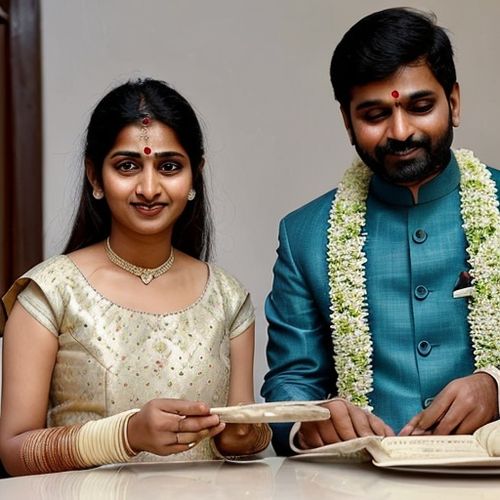
By Lily Simpson/Apr 19, 2025

By Christopher Harris/Apr 19, 2025

By Olivia Reed/Apr 19, 2025

By Laura Wilson/Apr 19, 2025

By Emma Thompson/Apr 19, 2025

By Olivia Reed/Apr 19, 2025

By Noah Bell/Apr 19, 2025
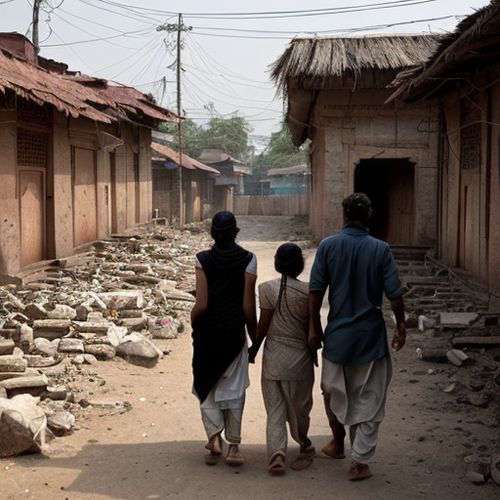
By James Moore/Apr 19, 2025
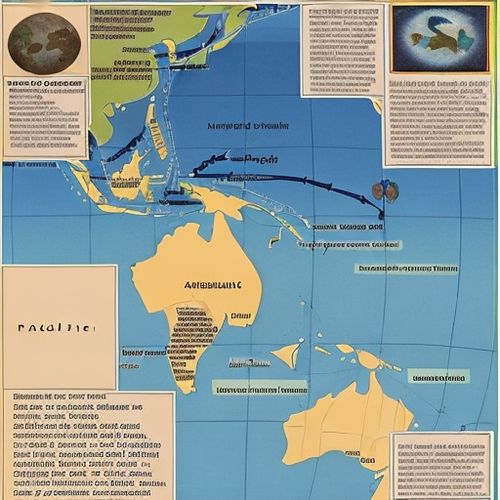
By Elizabeth Taylor/Apr 19, 2025
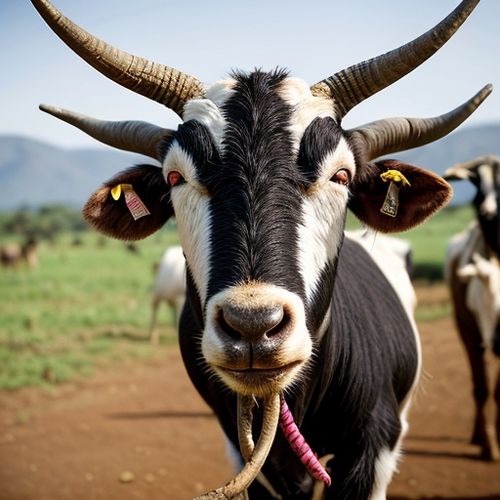
By John Smith/Apr 19, 2025

By Olivia Reed/Apr 19, 2025

By Lily Simpson/Apr 19, 2025
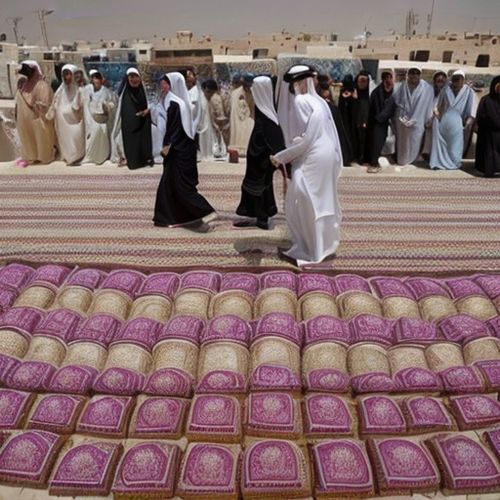
By Joshua Howard/Apr 19, 2025

By William Miller/Apr 19, 2025
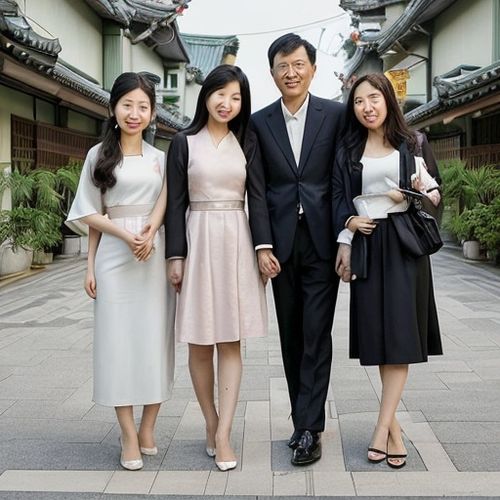
By Eric Ward/Apr 19, 2025

By Lily Simpson/Apr 19, 2025

By James Moore/Dec 23, 2024

By David Anderson/Dec 23, 2024